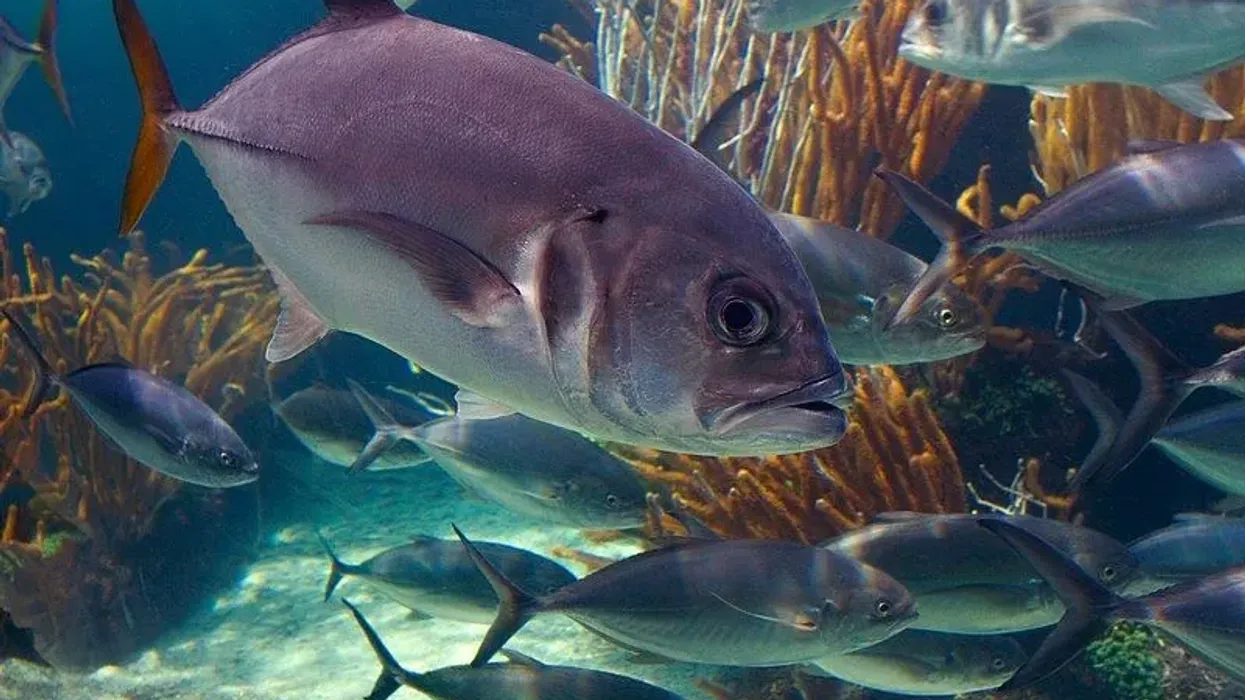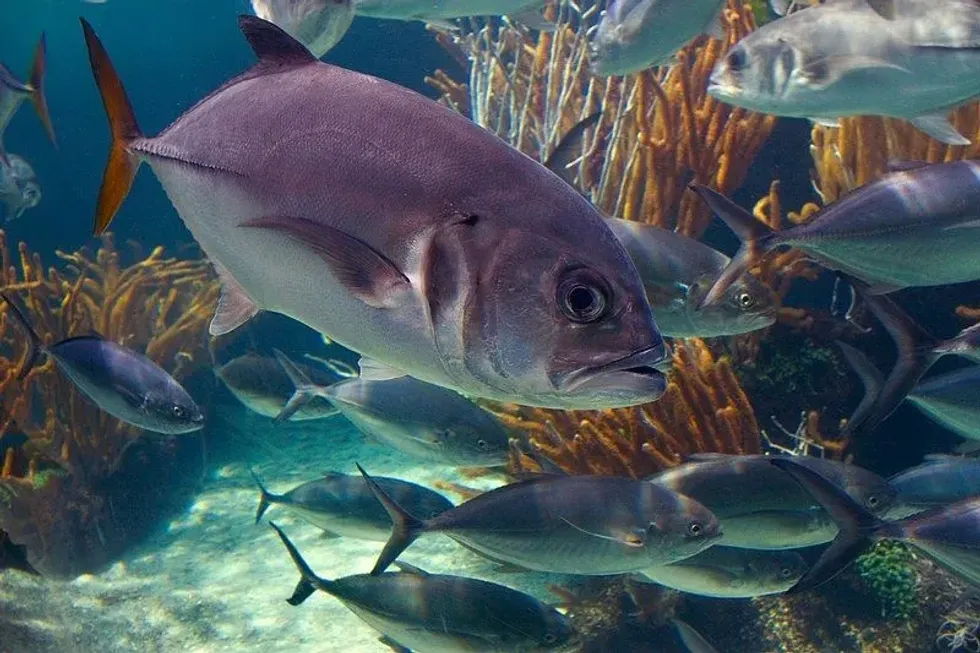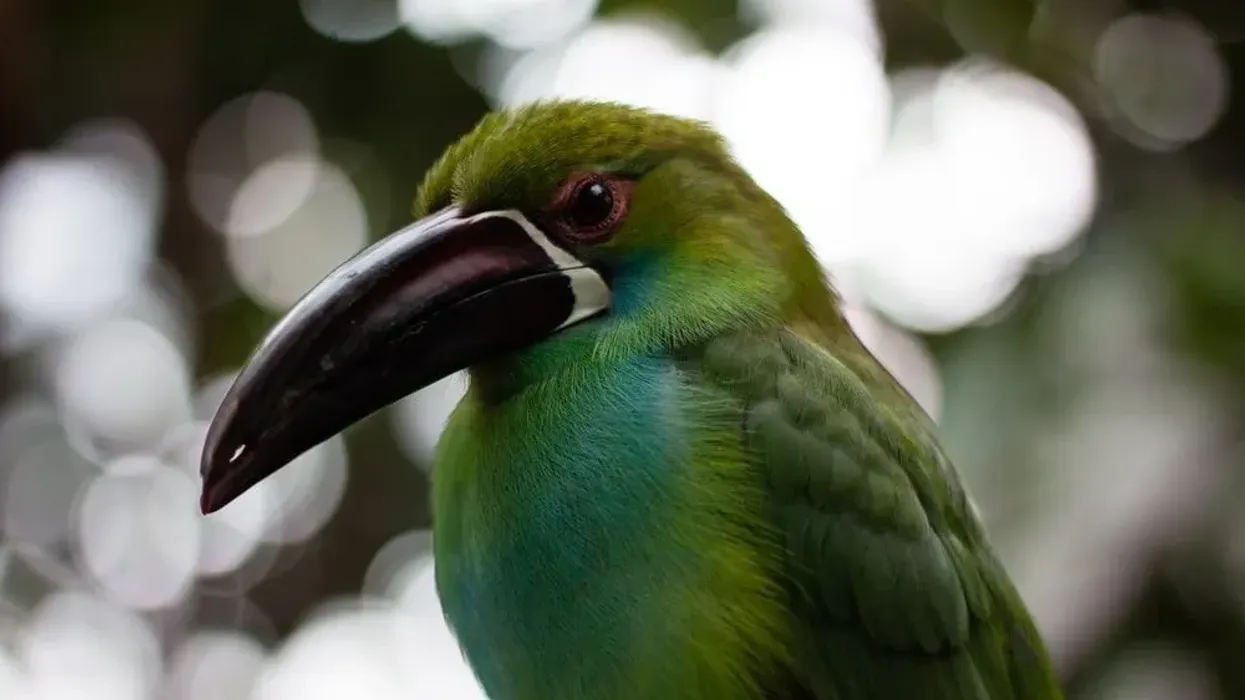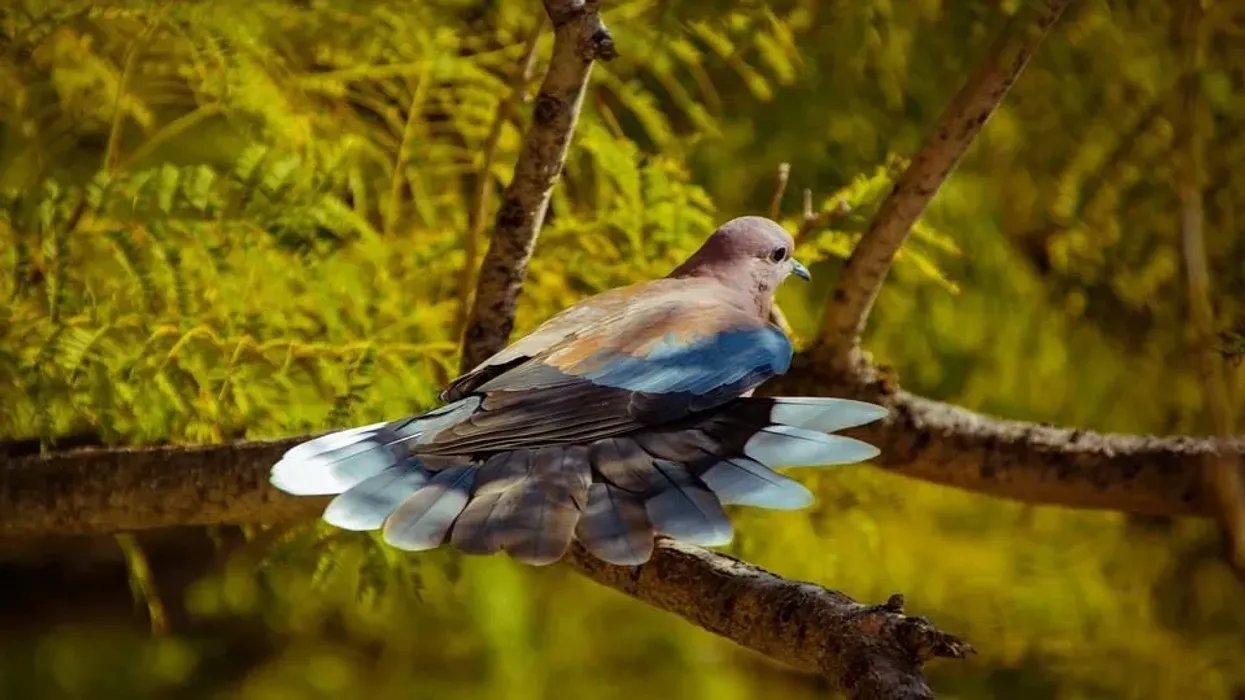A blue runner (scientifically Caranx crysos) is also known by several other names like hardnose, bluestripe jack, or Egyptian scad. One of the defining characteristics of blue runners is that they form schools that comprise a large number of the species moving about together.
The silvery fish belonging to the jack family is harvested and caught mainly for commercial purposes. The blue runner is considered to be a relative of the green jack as they draw several resemblances with each other. Both belong to the Carangidae family.
Blue runners are abundant, and their population seems to be ever-expanding even after large-scale fishing. Although the fish is consumed by people across the world, they are mainly used to bait large fishes.
During the 19th century, the fish remained unexplored, but with time it became widely popular. The fish had gained commercial importance around the early 21st century, with fisheries holding around 6000-7000 tonnes of the species.
If you love to delve deep under the water and learn mind-boggling facts about various kinds of fish, then these blue runner facts are meant for you. Also, don't miss out on some interesting facts about other species of fishes like the plaice and flounder.
Blue Runner Interesting Facts
What type of animal is a blue runner?
A blue runner is a fish of the family Carangidae that inhabits both inshore and offshore waters.
What class of animal does a blue runner belong to?
A blue runner belongs to the class Actinopterygii.
How many blue runners are there in the world?
According to the data provided by the IUCN, the preservation of these fish in their native habitat is not a significant matter of concern due to their large-scale availability. The number of blue runners in current existence cannot be ascertained with accuracy due to the lack of records.
However, it can be said that the number is on the greater side of the scale. Moreover, these fish are harvested and fished as they are pretty common in cooking.
Where does a blue runner live?
The species abound in the Mediterranean Sea, Black Sea, Atlantic Ocean, Bay of Biscay, Gulf of Mexico, Caribbean Sea. They are spread over several parts of the Atlantic ocean and are even found in the Antilles.
What is a blue runner's habitat?
A blue runner resides in both onshore and offshore waters. They can survive in saltwater ecosystems like seas and are normally found close to reefs.
Who does blue runners live with?
Blue runners live and move about in schools or shoals. However, they are also capable of leading a solo life detached from the other fish.
How long does a blue runner live?
Normally, the maximum age for a blue runner is 11 years.
How do they reproduce?
The month of January is considered to be the ideal time for reproduction, continuing till August. The fish attain their maturity when they measure about ten inches in length. Blue runners are somewhat pelagic. These fish engage in spawning.
Eggs are ejected out into the water by the females. The males fertilize those eggs. Once fertilized, the eggs float in the water until they finally hatch.
What is their conservation status?
The conservation status of blue runners falls under the species category of Least Concern as per the computations of the International Union for Conservation of Nature or the IUCN Red List. Although the population trend cannot be ascertained with absolute accuracy, the species is prevalent in abundance and hence, currently not vulnerable.
Blue Runner Fun Facts
What do blue runners look like?

Medium in size, blue runners, have an elongated fish-like body structure. They are entirely covered with scales. The color of their body and the tail is primarily silvery with a golden underside, while the shades of the scales on the body vary from olive green to bluish-green. The tail is fork-shaped.
How cute are they?
The physical characteristics of the blue runner do not qualify the fish as cute. The appearance of the fish is standard and not too appealing for the eyes, although some may find it cute.
How do they communicate?
The communication procedure of the blue runners is similar to that of other fishes, where they emit low-frequency calls. Their vocalizations include grunts or pulses when interacting with the other school members.
How big is a blue runner?
On average, the length of a blue runner is 13.8 in (35 cm), but it can reach up to 27.6 in (70 cm). They are smaller than the beluga sturgeon and long comb sawfish, while they are larger than the pepper corydoras.
How fast can a blue runner swim?
Since the species inherently possesses a predatory nature, they can make quick movements. The fish is known to be agile, but their accurate speed limit has not yet been recorded.
How much does a blue runner weigh?
The maximum weight of an adult fish is about 11 lb (5.05 kg). The juveniles weigh less.
What are their male and female names of the species?
No unique names have been attributed to the males and females of the species. They are referred to as male blue runners and female blue runners, respectively.
What would you call a baby blue runner?
A baby blue runner is called fry, like many other fish species.
What do they eat?
The species is omnivorous, but they exhibit a preference towards a carnivorous diet. The diet of this fish mainly depends on its location. Fish living in onshore waters generally have a piscivorous diet where they feed on small invertebrates like fish, crab, lobster, shrimp, and others, while the ones residing in offshore waters feed on zooplanktons.
Are they dangerous?
The fish can be considered dangerous owing to its predatory instincts. They are otherwise known to be harmless.
Would they make a good pet?
Locating a blue runner fish in an aquarium is not a common sight. Therefore, it is unknown whether they make good pets. The species is usually not reared as pets but finds its place in fisheries.
Did you know...
Blue runners serve as forage fish for large species of fish such as barracuda, king mackerel, cobia, tuna, billfish, and others. As the blue runners can survive in both shallow and deep marine water, they are constantly threatened and often preyed upon by these fishes.
Do you know that the blue runners are considered to be a sumptuous meal in many restaurants? They are cooked in several forms (whole, fillets, or even in pieces). They can be grilled or fried and offered with some vegetables. They can also be used to prepare gravy dishes coated with spices and condiments.
Do people eat blue runner fish?
People are divided in their opinion of blue runners as a culinary favorite. While the majority believe that the flesh of the species is delectable, others dislike their strong flavor and prefer avoiding it. Nevertheless, the fish from the jack family finds its place in several menus across countries worldwide.
Fishing for blue runners
Since the fish is largely used for commercial purposes, they are harvested, fished, and caught in large quantities. Fishing out blue runners can prove to be tasking as it requires expert use of hooks and lines. The fish can be trapped by offering bait like a shrimp, lobster, or squid. The best fishing season is between January to August.
Here at Kidadl, we have carefully created lots of interesting family-friendly animal facts for everyone to discover! Learn more about some other fish including king salmon, or codfish.
You can even occupy yourself at home by drawing one on our blue runner coloring pages.










